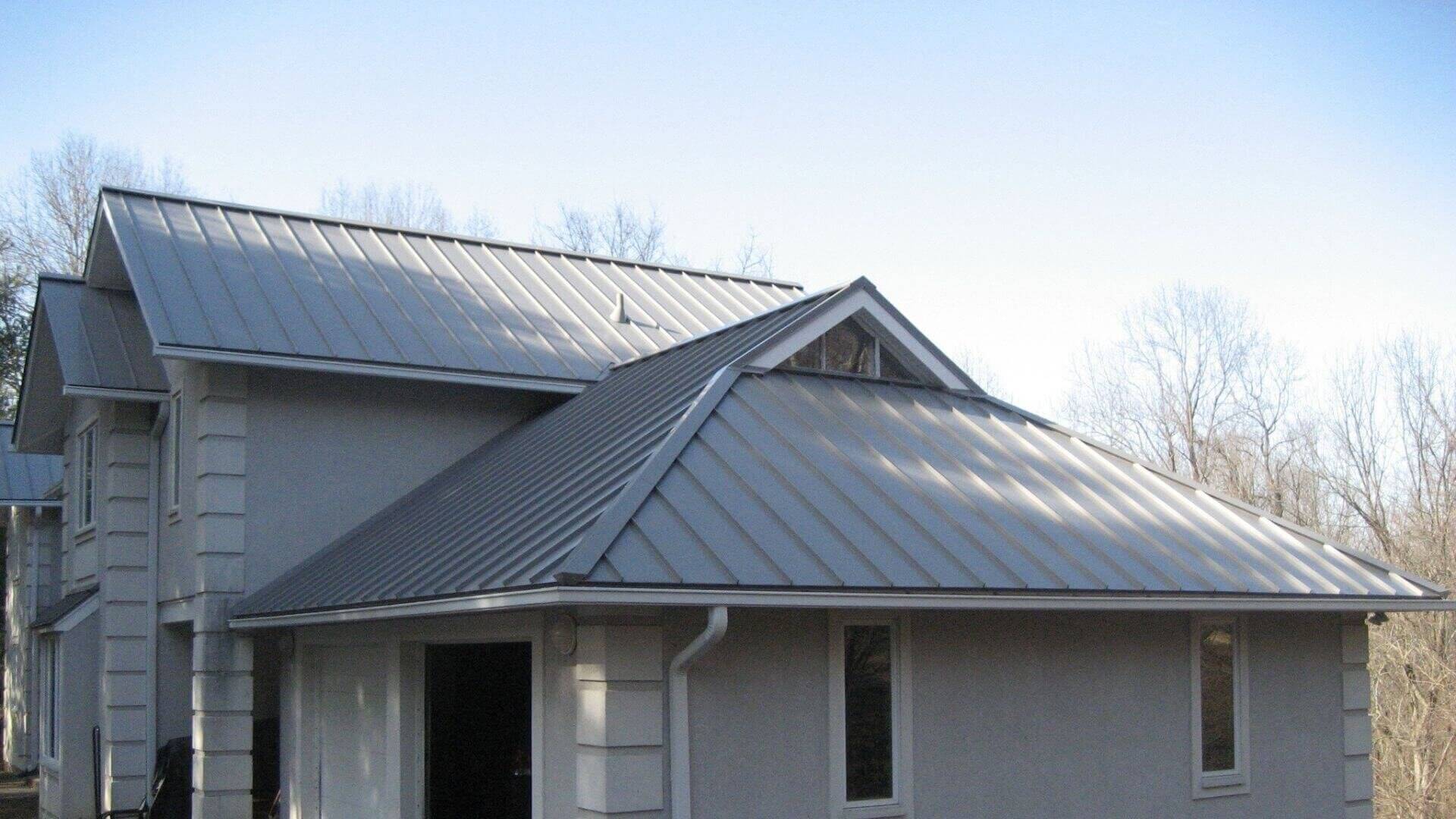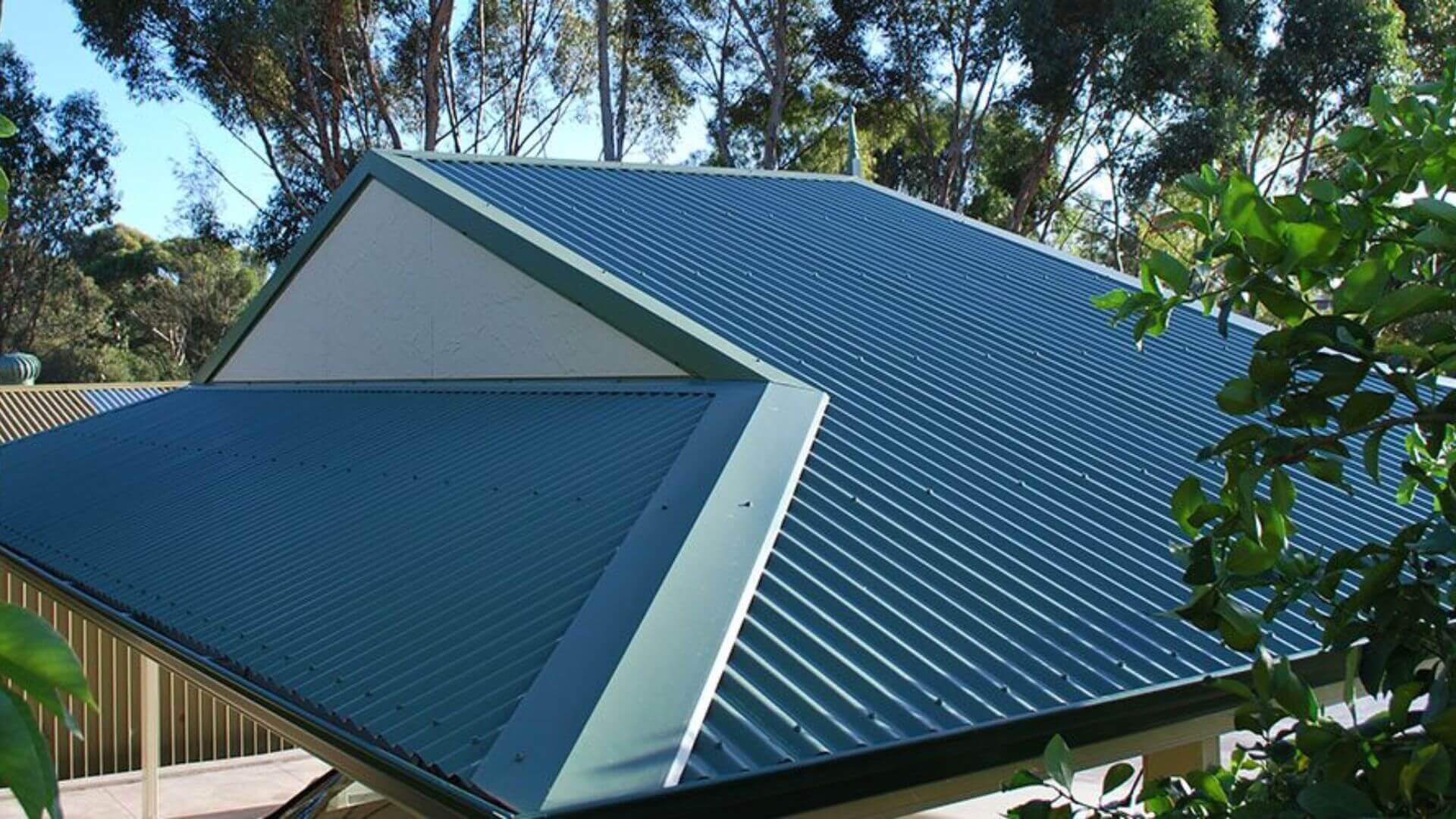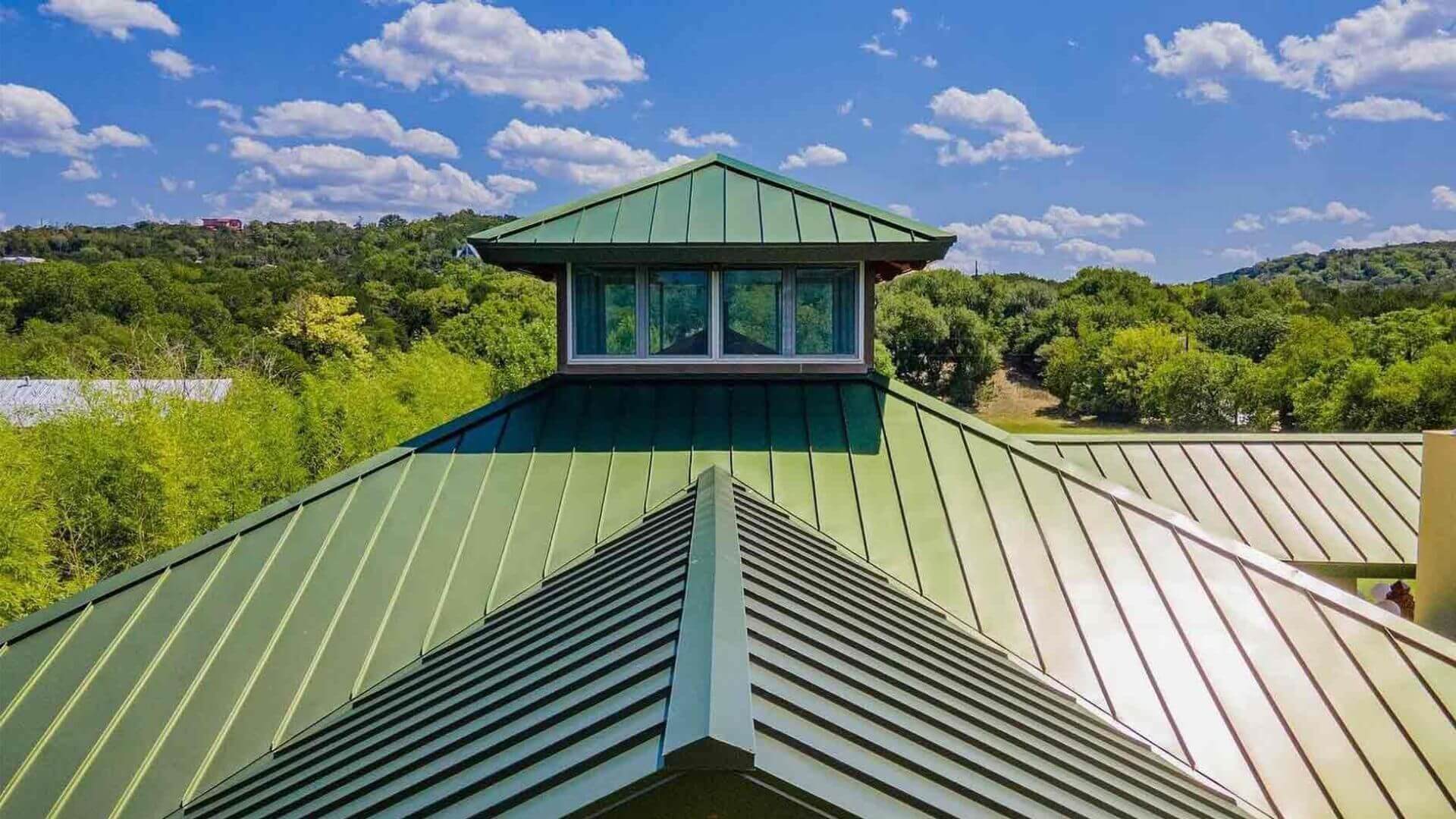Placing downpipes on your home’s gutters and roof is an important design consideration that impacts how effectively rainwater drains away. Improperly positioned gutters and downpipes can direct water towards your house instead of away, increasing the risk of flooding, leaks, and water damage over time.
Although the downpipe runoff may still be diverted out from the wall with a gooseneck connector, a collar and grate system—also known as an ‘open grill’—allows you to see the actual water as it exits the downpipe and enters the grill.
In this article, we will explore some best practice guidelines on where to position downpipes for various common roof designs, such as gabled, hipped, and Dutch gable styles. By learning the optimal locations, homeowners can incorporate proper drainage right from the start or make adjustments if needed. Following these tips will help ensure water efficiently flows away from your property to protect its structural integrity for years.
Where Should Downpipes Be Installed?
Your downpipes must be appropriately connected to work efficiently. Proper downpipe placement ensures water safely drains away from your home’s foundation. Different roof designs call for tailored strategies.
Gabled Roofs
On gabled-style homes, position downpipes at the lowest corner of each sloped roof side. Space them approximately 8-10 feet apart, depending on roof size. Ensure piping slopes at a steady 1/4 inch per foot drop to channel water off the edge without pooling efficiently.
Opt for round or square profiles rather than narrow half-rounds where rainwater can get trapped. Install securely beneath gutters using straps or hangers every few feet.

Hipped Roofs
Hipped roofs shed water evenly due to their pyramid-style sloping sides. For symmetrical drainage, locate downpipes directly at each corner intersection.
This directs runoff away from all four sides of the home’s perimeter. Use sturdy round or wide square piping suitable for hip roof angles. Space no more than 15 feet apart, given a steeper pitch.

Dutch Gables
Large sloping sections on Dutch gable-style homes benefit from downpipes at gable ends and near 1/3 points dividing the spans. This prevents substantial volumes of water from overrunning long runs of gutter.
Position outlets a few inches beyond exterior walls to redirect drainage away from vulnerable foundation areas.

Large, Multi-Level Roofs
Expansive or multi-storied roof designs require customised downpipe planning. Potential debris loads from such vast surfaces are heavily factored in.
Larger diameter piping spaced 10 feet or closer together may be needed along with maximised leaf-proof ventilation above. Direct drain inlets away from lower roof sections.

Valley Gutters
The best way to install a downpipe is to get it close to the valley gutters on your roof. These ‘valleys’ channel water from your roof to the gutters and, therefore, should be close to the downpipe connections to relieve pressure from the gutters.
Around Building Additions
When expanding home footprints with additions, prioritise keeping buried spaces like basements dry. Avoid installing new pipes or gutters atop additions, which could trap water underground.
Route water flow 5 feet from all structures using elbows or splash blocks to discharge 3 feet beyond foundation walls safely. Downpipes should not serve more than 12 metres of gutter length for each downpipe.
Optimise grade slopes to divert away naturally. The pipes should be fixed to the walls with the proper materials or brackets, which can resist heavy rain, storms, wind, and rust. However, you can connect the downpipe directly to a rain barrel for water harvesting.
The Optimal Spot to Position Your Downpipes for Effective Drainage
Properly locating downpipes ensures adequate roof drainage and protects your home’s structure and foundation. Following the best practice guidelines discussed here will help maximise runoff away from your property for standard roof designs. Remember always to select a downpipe using the proper eaves gutter section.
Please get in touch with AI Gutter and Roofing if you need assistance evaluating your roof’s drainage and stormwater system or installing new downpipes in optimal locations. Building inspectors recommend replacing, repairing, or installing extra downpipes to ensure the roof’s stormwater drains away from your property effectively.
With years of experience, we can assess your home’s unique requirements, recommend solutions, and perform the work quickly and professionally. We are committed to delivering high-quality craftsmanship and outstanding customer service.
Call us today to discuss a customised plan and free estimate for your downpipe needs. Our team will happily address any questions and help you maintain proper drainage to keep your home safe from water damage for many years.




